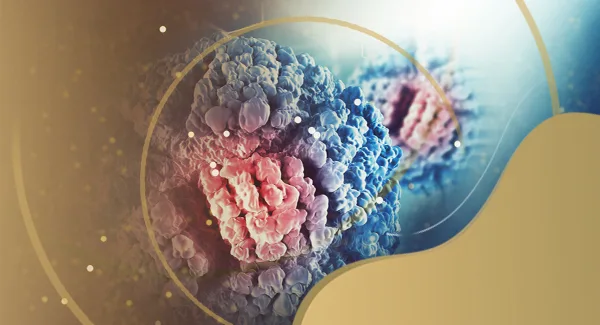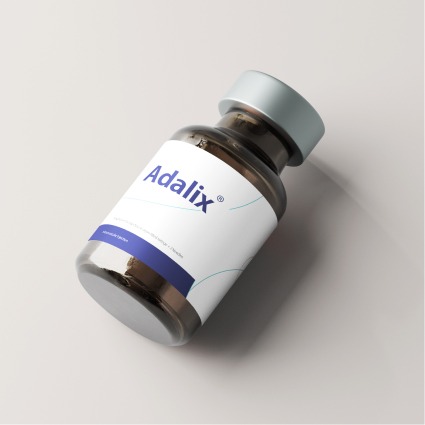Recent advancements in immunotherapy have brought tumor-infiltrating CD8 T-cells to the forefront of cancer research. Among these developments, a groundbreaking study has highlighted a significant anti-correlation between killer-cell lectin-like receptor G1 (KLRG1) and programmed cell death protein 1 (PD-1) expression. This finding opens a new chapter in understanding immune dynamics within the tumor microenvironment (TME) and their implications for therapeutic strategies. This article delves into the study’s findings, emphasizing the functional roles of KLRG1 and PD-1 and their potential to revolutionize cancer immunotherapy.
The Role of KLRG1 and PD-1 in T-Cell Function
KLRG1 is an inhibitory receptor predominantly expressed on terminally differentiated and senescent T-cells. It is a brake on immune responses, preventing overactivation and tissue damage during chronic infections and cancer progression. KLRG1 expression is often associated with cytotoxic effector functions, including the production of granzymes and perforin, which are crucial for targeting and destroying tumor cells.
PD-1, on the other hand, is a well-known immune checkpoint receptor that plays a central role in T-cell exhaustion. When engaged by its ligands, PD-L1 or PD-L2, PD-1 suppresses T-cell activity, allowing tumor cells to evade immune surveillance. PD-1 expression is typically upregulated in the TME, correlating with chronic antigen stimulation and reduced effector functionality. These contrasting roles make KLRG1 and PD-1 critical players in the TME.
The Discovery of Anti-Correlation
The study utilized advanced RNA sequencing and single-cell transcriptomics to analyze tumor-infiltrating CD8 T-cells across diverse cancer types. Researchers observed a striking inverse relationship between KLRG1 and PD-1 expression. This anti-correlation suggests the existence of distinct functional subsets of CD8 T-cells within the TME.
KLRG1-high CD8 T-cells displayed low PD-1 expression and retained cytotoxic capabilities. These cells were marked by high levels of granzymes and perforin, underscoring their role as active tumor-fighting agents. Conversely, PD-1-high CD8 T-cells exhibited low KLRG1 expression and bore hallmarks of exhaustion, including diminished cytokine production and impaired proliferation.
Data-Driven Insights
Quantitative analysis of over 5,000 tumor-infiltrating CD8 T-cells from 20 tumor samples revealed significant patterns. Approximately 30% of these cells were KLRG1-high/PD-1-low, while 25% were PD-1-high/KLRG1-low. Functional assays further validated these findings, showing that KLRG1-high cells produced 40% more granzyme B and perforin than their PD-1-high counterparts.
Single-cell transcriptomics confirmed the anti-correlation across 10 tumor types, with a Pearson correlation coefficient of -0.65 (p < 0.001). Additionally, T-cell subsets were characterized by distinct transcriptional profiles, suggesting unique differentiation pathways influenced by the TME.
Therapeutic Implications
The discovery of this anti-correlation paves the way for innovative immunotherapeutic approaches. Targeting both KLRG1 and PD-1 may offer a synergistic strategy to rejuvenate exhausted T-cells while bolstering the activity of cytotoxic subsets.
Combination Therapies
In preclinical models, dual blockade of KLRG1 and PD-1 resulted in remarkable anti-tumor effects. Mice treated with combination therapy exhibited a 60% reduction in tumor volume compared to 35% with anti-PD-1 monotherapy. Survival rates also improved, with a median survival of 120 days in the combination therapy group versus 85 days for monotherapy (p < 0.01).
Combination therapy enhanced the infiltration of CD8 T-cells into the tumor and shifted the TME toward a more immunostimulatory state. Increased cytokine production, including interferon-gamma (IFN-γ) and tumor necrosis factor-alpha (TNF-α), was observed in treated mice, reflecting a reactivation of anti-tumor immunity.
Reprogramming Exhausted T-Cells
Reversing T-cell exhaustion remains a significant challenge in immunotherapy. PD-1-high CD8 T-cells often fail to respond adequately to immune checkpoint inhibitors. Strategies aimed at reprogramming these cells include epigenetic modulation and cytokine therapy. For instance, in vitro studies demonstrated that interleukin-15 (IL-15) treatment increased KLRG1 expression by 25%, restoring cytotoxic functions in exhausted T-cells.
Biomarker Potential
The distinct expression profiles of KLRG1 and PD-1 offer valuable biomarkers for patient stratification. By identifying patients with a predominance of KLRG1-high or PD-1-high T cells, clinicians can tailor therapeutic approaches to maximize efficacy. Moreover, monitoring shifts in these markers during treatment could provide insights into therapeutic response and resistance mechanisms, offering a promising future for patient stratification in cancer immunotherapy.
Challenges and Future Directions
Despite its promise, translating these findings into clinical practice faces several hurdles. Tumor heterogeneity, inter and intra-patient, complicates the development of universal therapeutic strategies. The study noted significant variability in KLRG1 and PD-1 expression across tumor types. For example, 45% of CD8 T-cells in lung cancer were KLRG1-high/PD-1-low, compared to only 20% in melanoma. This variability underscores the need for personalized approaches.
Further research is crucial to elucidate the mechanisms driving the anti-correlation. Understanding these processes could uncover additional therapeutic targets and significantly improve the efficacy of combination therapies targeting KLRG1 and PD-1.
The development of anti-KLRG1 therapies also presents technical challenges. Designing antibodies with optimal affinity and specificity while minimizing off-target effects requires meticulous engineering. Preclinical safety studies and dose optimization trials will be critical before advancing to clinical stages.
Conclusion
The anti-correlation between KLRG1 and PD-1 expression in tumor-infiltrating CD8 T-cells represents a paradigm shift in cancer immunotherapy. By leveraging the unique properties of these distinct subsets, combination therapies targeting KLRG1 and PD-1 hold the potential to significantly enhance anti-tumor immunity, marking a promising foundation for the next generation of cancer treatments.

